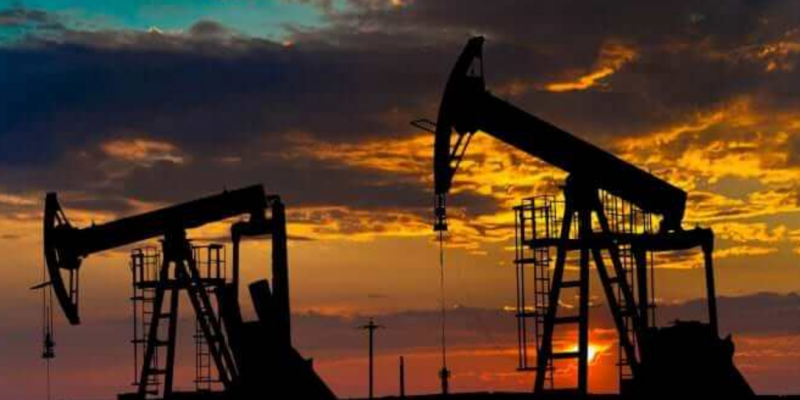(The Center Square) − After two years of decline, Louisiana’s natural gas production is on the rise again, buoyed by recovering prices, renewed drilling activity and federal policy shifts favoring expanded fossil fuel development.
The state’s production had previously peaked at 389,000 MMcf in May 2023 before steadily falling, primarily due to collapsing natural gas prices.
According to the latest figures, Louisiana produced 336,500 million cubic feet of natural gas in March 2025, up from a low of 264,000 MMcf in February.
“It’s just a story of prices,” said Dr. Greg Upton, associate professor at LSU’s Center for Energy Studies. “Whenever you have prices fluctuate…companies are going to respond to that by by drilling more or less wells.”
That lag was felt sharply across the Haynesville Shale, the core of Louisiana’s gas production. Between December 2022 and December 2024, rig counts in the region dropped significantly, with total production falling about 7%, according to Energy Information Administration data.
The downturn coincided with a dramatic drop in natural gas prices, which fell to a record low of $1.49 per million British Thermal Units in March 2024. Prices began rebounding in early 2025, with Henry Hub futures hitting $4.08/MMBtu on January 15 — the first time in two years they broke the $4 threshold, according to the American Gas Association.
“Prices surged after Russia’s invasion of Ukraine in 2022, which triggered massive demand for U.S. liquefied natural gas,” Upton explained. Upton said that incentivized drilling and once all that new production came online, prices collapsed.
One of President Donald Trump’s first actions after returning to office in January was to direct the U.S. Department of Energy to lift the pause on liquefied natural gas export approvals. The Department’s Office of Fossil Energy and Carbon Management resumed consideration of pending applications to export LNG to countries without a free trade agreement.
Acting Energy Secretary Ingrid Kolb also ordered the LNG export review process to run in parallel with the National Environmental Policy Act review, aiming to reduce regulatory delays.
In Congress, the recently passed “One Big Beautiful Bill Act” further bolstered the oil and gas sector by mandating quarterly onshore lease sales and thirty new offshore lease sales in the Gulf of Mexico through 2040, with at least 80 million acres offered per sale. The law also reduced royalties and eliminated methane fees, easing cost burdens on producers.
Advertisement
Advertisement

